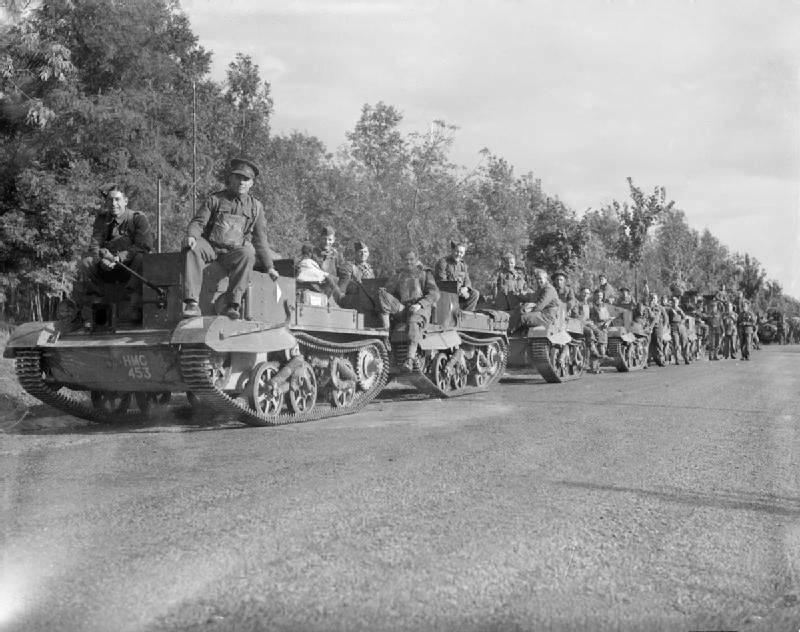
“In a foreshadowing of the great urban battles of the Second World War, the Ottomans found fighting street-to-street, house-to-house, and often hand-to-hand in a dense urban environment frustratingly difficult.”
By Alexander Zakrzewski
Over a hundred years ago, an Armenian community facing extermination fought a desperate battle of survival. What would become known as the Defence of Van seems particularly resonant today for all of its similarity to the struggles currently being waged by the people of Ukraine.
IN APRIL OF 1915, the city of Van in the southeastern corner of the Ottoman Empire appeared an idyllic haven from the carnage of the expanding World War.
Located on a fertile mountain plain near the sapphire-blue waters of Lake Van, the city was famous for its ancient history and the many orchards, gardens and vineyards that coloured the surrounding countryside. Such was the region’s natural beauty that the locals had a saying: “Van in this life, heaven in the next.”
But Van was also a hotbed of ethnic and religious tensions between its Christian Armenian and Muslim Turkish population. Van’s oppressive governor, Jevdet Bey – nicknamed “Lord Blacksmith” because of his penchant for nailing horseshoes to the feet of his prisoners – openly despised his Armenian subjects. Throughout the winter and early spring, he waged a campaign of terror in the countryside, burning and pillaging Armenian homes and churches.
Jevdet’s actions were part of a systematic campaign of persecution. During the first months of 1915, Armenian communities across the Ottoman Empire were stripped of their rights and privileges. Many faced deportation and murder in a prelude to the coming genocide.

The leaders of Van’s Armenian community desperately tried to negotiate with Jevdet, even enlisting the help of an American missionary, Dr. Clarence Ussher, to advocate on their behalf.
“This country will remain the Armenians’ or the Turks’, but it is impossible for both to coexist,” was the governor’s icy response.
But Jevdet underestimated the Armenians of Van. Rather than passively awaiting their own destruction, they took matters into their own hands and organized a defense committee. Arms were distributed, streets were barricaded and defensive plans were drawn up.
In the predawn hours of April 20, 1915 – four days prior to what is officially recognized as the start of the Armenian Genocide – violence erupted in the streets of Van. Jevdet’s troops, mostly professional soldiers supported by artillery, attacked the Armenian positions.
But despite severely outnumbering the poorly-armed defenders, the Turks were repulsed. In a foreshadowing of the great urban battles of the Second World War, Jevdet’s men found fighting street-to-street, house-to-house, and often hand-to-hand in a dense urban environment frustratingly difficult. “Each house was a fortress that had to be conquered separately,” recalled a Turkish officer.
What the Armenians lacked in weapons and training, they made up for in resolve and ingenuity. While the men fought, women and children cooked food, delivered rations and ammunition, and treated the wounded. A Boy Scout troop organized by Ussher’s son acted as messengers, and a team of craftsmen repurposed spent bullets and unexploded shells into homemade ammunition.

To maintain morale, the local Armenian newspaper remained in print, and a special “Cross of Honour” decoration was awarded for courageous acts. The Armenian school marching band could be heard playing patriotic songs even in the heaviest of shelling.
The defenders achieved a number of early successes, even managing to secretly mine the Turkish barracks by crawling through the irrigation canals that crisscrossed the city. However, the attackers’ superior numbers and weapons eventually began to tell.
Jevdet also allowed refugees from the countryside into the city to further strain the Armenians’ resources. Six thousand were cared for by Ussher and his family in the U.S. mission complex.
By mid-May, the situation had become desperate. The Turks controlled most of the city and the defenders were almost out of food and supplies. On May 16, Jevdet ordered the U.S. mission bombarded in preparation for a final all-out attack.
The attack never came. Word had reached the Turks that Russian forces under the command of General Nikolai Yudenich were advancing rapidly on the city from the Caucasus, forcing Jevdet to abandon the siege. Two days later, cheering crowds welcomed the Russian troops.

The resistance at Van sparked a wave of national euphoria and dreams among Armenians of establishing an independent state in the region. Saving the Armenians even became something of a cause célèbre among the Russians. Leo Tolstoy’s youngest daughter, Alexandra, was among the notables who arrived in Van to help.
Unfortunately, triumph soon turned to yet more tragedy.
As the fighting in Van raged, the Ottomans unleashed violence on Armenians in the surrounding countryside. The corpses of 55,000 civilians were soon discovered, left to rot in burned villages or thrown into rivers. Then disease swept the city, taking among its victims Ussher’s wife, Elizabeth. Ussher himself fell so ill that he did not learn of her death until weeks later.
Then in July, the Russians announced that they were abandoning the region and advised the Armenians to join them. In scenes similar to those playing out in Ukraine today, 200,000 refugees gathered what they could and made the treacherous 200-km journey through the mountains into what is modern Armenia, many dying along the way. It was a sad end to a heroic story that today deserves wider recognition.
Alexander Zakrzewski is a Toronto-based freelance writer with a passion for military history. He’s currently working on a book about obscure First World War battles and stories. Find more of his MHN contributions here.










1 thought on “The Defence of Van – Inside the Stubborn Armenian Resistance That Presaged One of the First World War’s Bloodiest Chapters”